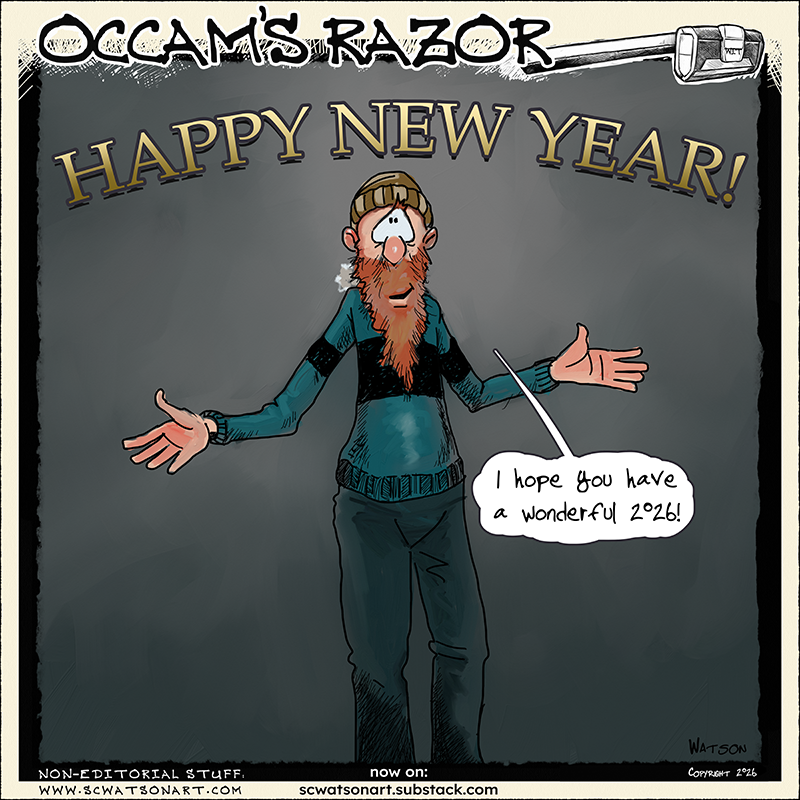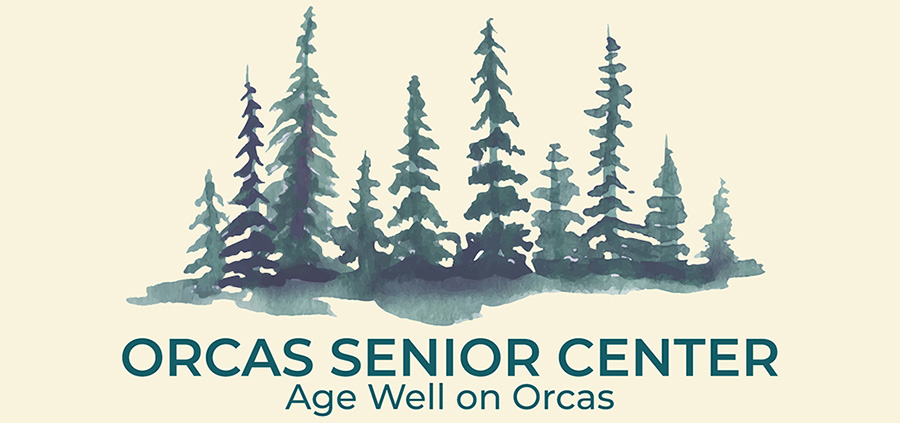— from Charles Carver —
On Mar. 6 I attended a meeting of the EPRC, curious about the visioning process for Eastsound that I have heard about. I much appreciated that portion of the meeting, the items under consideration and the enthusiasm of attendees.
Another topic came up at the end of the meeting that I wasn’t expecting: an architectural firm gave a presentation on a proposed project by the Outlook Inn to replace it’s oceanside annex with a number of cottages. It was a brief presentation, big on marketing and, in my view, short on specifics. When I asked the presenter the size of the lot, the square footage of the existing structure and the square footage of the proposed development, he simply evaded the question and commented instead on how sensitive the design was to the site, how they had not developed as much of the site as allowed, how the proposed structures could have been taller and allegedly because of some grandfathered clause.
He took a similar tact with some other specific questions though he did comment that the proposed development was 2 1/2 times the size of the current structure. After the meeting I approached the gentleman to reiterate my question and he said he didn’t have the information with him, wrote my email on the posted presentation and said he would forward it to me. Thus far he hasn’t. Upon reflection it is curious that he couldn’t answer my question as he had drawings in front of him, commented on the foundation in some detail, 10′ from the high bank, drew additional details on the board from memory and when asked about the height of the proposed structures indicated they were a few feet taller than the existing annex. One could argue he presented only a general view of the proposal in an effort to sell it.
I confess I didn’t find the design unattractive and didn’t object to the design itself. I do have two concerns. First, the brevity and lack of forthcomingness in the presentation and the fact that the EPRC after a surprisingly superficial inquiry indicated they had no objection, i.e., gave tacit approval to it. In fact, in the middle of the presentation when the chairperson asked if the committee had any questions or comments one member abruptly said, “I vote yes.” Being acquainted with several committee members and knowing them to be intelligent and thoughtful people I was disappointed that the ‘review’ of the proposal was so cursory, devoid of the critical scrutiny I would expect. It suggested to me a breach of the integrity of the function of review itself. While I am aware that EPRC has no power to over-rule the proposal I suspect the presentation was meant to garner political momentum for the permitting process and it is disturbing that EPRC provided that with so little reflection. If EPRC is not going to honor the review process it might be wise to consider whether the committee should entertain such presentations.
The second concern is not with the design of the proposal but where it is sited, even if lawful. Expanding beyond the footprint of the existing structure on the shoreline means further loss of the view corridor. Eastsound is an oceanside community and the view of the seascape which defines it continues to erode and disappear. Should we ignore that? A concern for the preservation of the seascape is not “anti-development” rather it is a suggestion that the development take place elsewhere (in this case for instance, perhaps behind the Outlook Inn). Isn’t an unobstructed waterfront that highlights the natural beauty of Eastsound as valid an organizational concept for envisioning the future of Eastsound as a concept that proposes commercial enclosure of it? I don’t see why resisting further impingement on the shoreline is by itself anti-development. I would call it smart growth that directs growth away from critical zones and allows for it in areas that don’t obscure our natural heritage and in fact restores it as often as possible. Among the challenges of planning and development is not relegating other concerns to a second class category which, precedent in SJC amply illustrates, is almost always the case.
There is a saying that, “The business of business is business” and perhaps that is part of the logic in play here. I do not care for that proposition, first, because it sanctions disregard of other concerns and additionally because business is about more than business. It is about community, relationships, service, and the way we live in, utilize, and sustain the world around us. Wouldn’t it be wonderful if the authors of the proposed development at the Outlook explored alternative plans like opting to build additional accommodations landward and behind the Outlook. The current annex could be left as is or removed and the view of the seascape recovered to the great pleasure of the community, visitors, and Outlook clientele. And it would serve to restore some of the losses from other recent developments just down the street. They could offer it to the community for a park and accept the tax benefits. They could sell it to the community and finance the construction of those additional accommodations elsewhere. I could imagine a park there or a botanical display of native flora. I can imagine reclaiming most or all of the waterfront as older structures fail, are removed and businesses relocated landward. Over time we cold restore the waterfront and reclaim our natural heritage. Commerce need not suffer, indeed it would likely be enhanced.
**If you are reading theOrcasonian for free, thank your fellow islanders. If you would like to support theOrcasonian CLICK HERE to set your modestly-priced, voluntary subscription. Otherwise, no worries; we’re happy to share with you.**








Thank you Charles! Well researched and Reasonable letter. I will add the Archaeological Factor. Native Bones were found across the street at Outlook a few years ago.
It is unfortunate that in our county,the business community almost always gets its’ Agenda approved. no matter the historical and/or environmental destruction it brings.
I’ve been hearing about another project that will severely impact Crescent Beach and its’ major Wetland, a Condominium Development, up the hill from the beach.
As an aside, the GMA Mandates that 56% of Orcas’ population Must live in Eastsound leaving the peaceful and quiet areas for those who can afford to Feel as if they actually live on an Island. Hence, the destruction of The Wetland in town ,known as The Swale, where the Outlook stands and on up to the Airport.
Again, thank you for your letter.
Spirit Eagle
Thank you for posting your thoughtful ideas.
I hope many people read your letter.
The Sounder too?
I was not in attendance at the March 6 EPRC but when I read the account of the meeting, I too was surprised with the proposed Outlook Inn expansion. There is so little of Eastsound visible from Eastsound already. Many communities are moving to protect their waterfront for the public and I certainly would like to see that trend happening here. I think the Outlook Inn is a wonderful asset in town and certainly support their continued growth but agree that their are other options to be explored.
Time and again I watched similar situations happen in my previous community–a developer presents a plan that is a bit light on details, gets cursory review from whatever local board is in charge, and gets approved. The actual development is then different and bigger from what was originally presented, with the developer making use of every loophole available; frequently omitting community improvement efforts, like water management, or otherwise violating local statutes. The town is then left to chase after the developer to pay fines after the damage is done.
This is surely not the case with all development, but the slipperiness of the presenter on details, his mention of the limits allowed by law, and the lack of interest from the Committee suggest this will be a similar situation.
If Eastsound wants to protect its waterfront, including the view, local statutes should be reviewed and rewritten to spell everything out to the letter. Only then can the community be sure of its legal footing if this or another developer attempts a project that would adversely affect the character of the shoreline.
Bravo, Charlie Carver and the other commenters! I really appreciate the thought that went into this guest editorial. Thank you for caring about Eastsound; so few Orcas people understand what we are up against here. I would add one thing, to your concerns that’s important to note. Behind the Outlook Inn, and on much of the Outlook’s land, is – or WAS – Eastsound Swale – and there is precious little left of it, due to the development that has already happened there with the previous expansions. Without tree buffer, any and all pollutants, silt intrusion, and runoff are going to end up in Fishing Bay.
I’m dismayed and disappointed in EPRC’s continuing pushing of development in Eastsound, and the blatant lack of understanding or disregard for anything except maximum development, while not taking the time and care to research the importance of intact watersheds and important wetlands such as Eastsound Swale. We are asking this small land mass area one mile wide to support a massive amount of growth, while taking down forests and mature trees and expecting that there won’t be wind and stormwater problems. Wrong!! I beeseech EPRC members to educate themselves on these matters, and truly represent us by protecting our environment in the UGA – ever more important, the more development it’s being asked to sustain.
I encourage everyone who calls themselves a “planner” or a “visionary” to educate themselves on what happens when you develop a place to such extent that the trees needed to support all that impervious surface aren’t there to do their job. Watch Cass Turnbull’s series on youtube, “No Place for Old Trees.” (4 parts). I would like to bring this presentation to a Town Hall meeting and have a discussion following, so that people understand what we’re doing, and find another way than destroying Eastsound.
https://www.youtube.com/watch?v=0AoGZVnrPYA (part one)
Or read the series of these articles on Plant Amnesty, which Cass founded many years ago.
Cass died suddenly on January 27 – a great loss to us all. She was a tireless advocate of why trees are important to save, in this age of rampant development. scroll to bottom of the home page to find the links to the articles.
https://www.plantamnesty.org/
Tribute to Cass:
https://www.ballardnewstribune.com/2017/01/30/features/large-ballard-cass-turnbull